Liberal opponents of serious, aggressive action on climate change like California Governor Jerry Brown are the strange bedfellows of right-wing survivalists on one thing: Both are quick to warn darkly that if environmentalists have their way and impose strict cuts on oil, gas and coal production or on mileage standards for automobiles and pollution controls on power plants, or in the case of right-wingers, if the banking system is allowed to continue to run US economic policy and the Fed isn’t audited, the irate citizens of the US will descend into an orgy of anarchic violence and mayhem.
The argument is that if Americans are told they can no longer drive gas-guzzling automobiles and blast their air conditioners at will, or if the US financial system again collapses as it did in 2008 leading to the Great Recession, the people of this country will essentially go mad and a lawless chaos of dog-eat-dog, kill thy neighbor for his food, will ensue.
“It will be like the Great Depression all over,” I read in one account of a recent report by one JP Morgan Chase analyst who is predicting a dramatic market crash of over 40% followed by armageddon. (I learned about this little report of impending disaster from a former cop friend who advised me to get a gun and plenty of ammo and to stock up on food to be able to protect my family.)
But this is truly ignorance regarding what actually happened when everything did collapse back in the Great Depression and Dust Bowl.
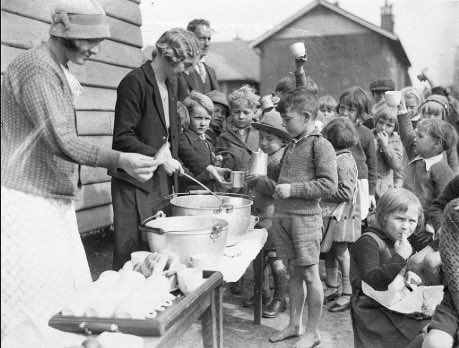 Feeding hungry kids during the Great Depression
Feeding hungry kids during the Great Depression
It’s true that a few despondent investors did leap from windows of tall buildings in lower Manhattan after the 1929 stock market collapse, but not all that many, and things continued fairly calmly after that as the economy began to seize up. After all, very few Americans were actually invested in the market. But even as the lay-offs, bank collapses, bankruptcies and home foreclosures began to mount, there was no revolution in the US.
My own father, then just a young kid, recalls his family losing their home in Flushing, NY as his father, a carpet jobber, lost so many customers he had to give it up, unable to make the mortgage payments. He didn’t pick up a gun and go on a rampage, or join others in his situation and storm Washington. He just started looking for odd jobs to support his wife and two kids, and voted for Franklin D. Roosevelt in the next presidential election in 1932 and the other three after that.
The Great Depression, when unemployment soared to 25% of the workforce by 1933, remaining above 15% as late as 1940, far past any level it has hit since that time, even in the recent Great Recession, which of course was also much shorter. But even in the depths of that monstrous economic collapse in the 1930s, the American public didn’t turn on each other. In fact, quite the opposite, it was an era of sharing of what people had, and of collective action for change — especially in the field of labor union organizing. The Socialist Party also saw it’s biggest surge of support (the Communist Party, too), as workers saw the need to band together to defend themselves against a capitalist class that was viewed as predatory and criminal.

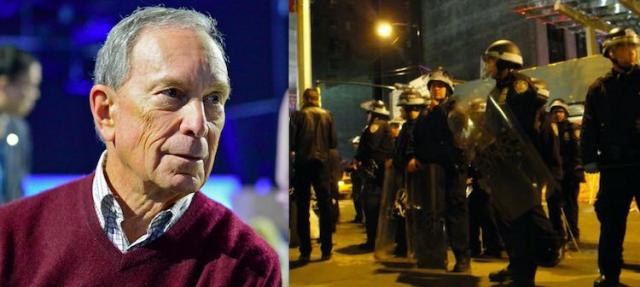
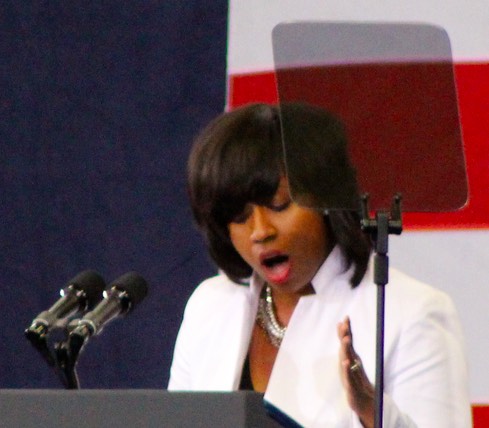

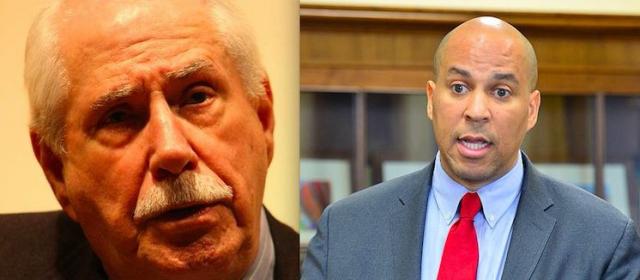
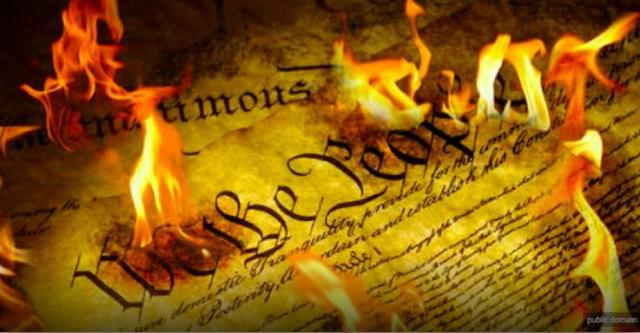
 - Version 2_opt.jpg)